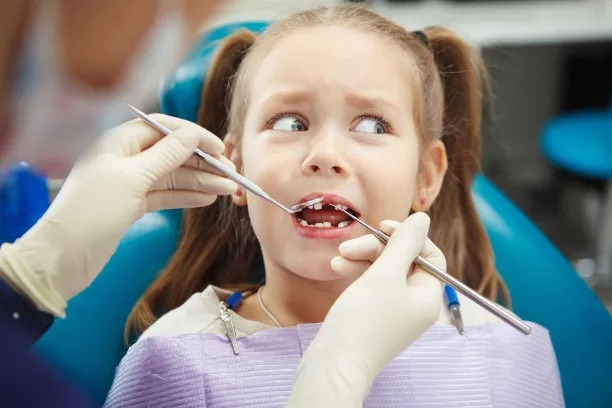The Complete Guide to Extracting a Tooth Safely and Effectively for Better Oral Health
Summary: Extracting a tooth is often a daunting experience for many individuals. However, understanding the process and knowing what to expect can significantly alleviate the fears associated with tooth extraction. This guide will cover vital topics, including the reasons for extraction, preparation steps, the extraction procedure itself, and post-extraction care. By following these guidelines, patients can approach tooth extraction with confidence and awareness, leading to better oral health outcomes. Whether its a wisdom tooth or a severely decayed tooth, this comprehensive guide provides essential insights into the tooth extraction journey, ensuring that the process is safe and effective for all.
1. Understanding the Reasons for Tooth Extraction

Tooth extraction is often necessary due to various dental issues. One of the most common reasons is tooth decay that has gone unchecked, leading to severe damage. Decayed teeth can become painful and may even threaten surrounding teeth structures. Patients should consult their dentist if they notice any symptoms of decay.
Additionally, periodontal disease is another prevalent reason for extracting teeth. When gum disease progresses to an advanced stage, it can lead to tooth mobility. Dentists often recommend extraction to prevent further complications that could affect one’s overall oral health.
Lastly, wisdom teeth extraction remains a routine procedure for many adolescents and young adults. Often, wisdom teeth become impacted or do not have enough space in the mouth to grow correctly. Their extraction can prevent crowding and potential misalignment of other teeth.
2. Essential Steps for Preparing for Tooth Extraction
Proper preparation is crucial to ensure a smooth tooth extraction experience. Initially, patients should have a thorough consultation with their dentist, who will take dental X-rays and assess the individual case. This evaluation helps the dentist create an effective extraction plan tailored to the patient’s needs.
Patients are also advised to review their medical history with their dentist, particularly if they have existing health conditions or are taking medications. Some conditions, such as uncontrolled diabetes or cardiovascular diseases, may require special considerations before extraction.
Additionally, understanding sedation options is vital for patients who may have dental anxiety. Dentists can offer local anesthesia, sedation, or even general anesthesia solutions to ensure that the procedure is as comfortable as possible for the patient.
3. The Tooth Extraction Procedure Explained
The actual tooth extraction procedure typically begins with local anesthesia to numb the area around the tooth. Once numb, the dentist will gently loosen the tooth using specialized dental instruments. The process requires precision and care to minimize discomfort and ensure that the surrounding tissues remain unharmed.
After the tooth is sufficiently loosened, the dentist will carefully remove it from its socket. In some cases, the tooth may need to be sectioned into smaller pieces for easier extraction. Throughout this process, patients can often relax as dental professionals are trained to handle any complications that may arise.
Once the tooth is extracted, the dentist will guide the patient through proper wound care and discuss any immediate post-operative instructions. This briefing is critical for preventing complications such as dry socket or infection.
4. Aftercare for Dental Health Post-Extraction
Post-extraction care is essential for ensuring a smooth recovery. Patients are often advised to bite down gently on gauze pads to control any bleeding. Keeping the extraction site clean and avoiding strenuous activities for the first 24 hours ensures that the healing process begins uninterrupted.
It’s also important for patients to follow specific dietary recommendations after the procedure. Soft foods such as yogurt, pudding, or smoothies are ideal during the first few days. Hot or hard foods should be avoided as they could irritate the extraction site and lead to complications.
Regular follow-up appointments with the dentist are crucial for monitoring the healing process. In case of complications such as extreme pain or prolonged bleeding, patients should contact their dentist immediately for further evaluation and guidance.
Summary: In conclusion, extracting a tooth safely and effectively requires a combination of understanding the reasons behind the extraction, proper preparation prior to the procedure, a clear grasp of what to expect during the extraction, and diligent aftercare. Patients who stay informed and follow guidelines can ensure a smoother experience and maintain better oral health overall.
Tooth extractions, while sometimes necessary, do not have to be dreadful. With the right approach and valuable insights from dental professionals, patients can navigate this process confidently.
This article is compiled by Vickong Dental and the content is for reference only


